SUMMARY
This is AI generated summarization, which may have errors. For context, always refer to the full article.
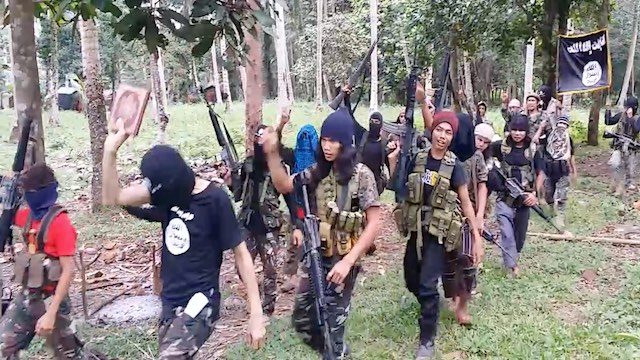
MANILA, Philippines – The Islamic State in Syria & Iraq, also known as ISIS, IS, ISIL, or Da’esch, its loose arabic acronym, may soon declare a wilayat or province in the southern Philippines. If so, it would be the first recognized satellite extension of the caliphate in Southeast Asia.
A new video from Mindanao which began circulating on the dark web jihadi forum Shumukh al-Islam on January 4, 2016 shows Abu Sayyaf leader Isnilon Hapilon marching with other extremist leaders from Sulu and Basilan, including Abu Sharifa, the leader of Ansar al-Khilafa, among the most aggressive and targeted Filipino groups linked to ISIS. The groups pledge allegiance to ISIS leader Abu Bakr al-Baghdadi.
“The ISIS-initiated merger of the fighting formations and unifications of the leaders will present an unprecedented challenge to the Manila government,” terror expert Rohan Gunaratna told Rappler. Gunaratna is the author of Inside al-Qaeda and the head of the International Centre for Political Violence & Terrorism Research in Singapore.
“In the Philippines, the next step ISIS is likely to take is the proclamation of wilayat Mindanao,” said Gunaratna.
“With the proclamation of an ISIS branch in the southern Philippines, the ISIS influence and ideology is likely to grow, affecting both the southern Philippines and eastern Malaysia. ISIS is likely to create a safe haven in Basilan and mount operations from the Sulu archipelago into both the Philippines and Malaysia,” Gunaratna added.
Who are they?
The most prominent figure in the video is ideological leader Isnilon Hapilon, but this isn’t the first time he’s declared support for ISIS.
On July 23, 2014, a video of senior Abu Sayyaf leader Isnilon Hapilon along with masked men was posted on YouTube, first reported by Rappler. Hapilon carries a reward of up to $5 million from the US Rewards for Justice Program. He was indicted in the District of Columbia for “terrorist acts against United States nationals and other foreign nationals.” The FBI says he was “the deputy or second in command for the foreign terrorist organization, the Abu Sayyaf.”
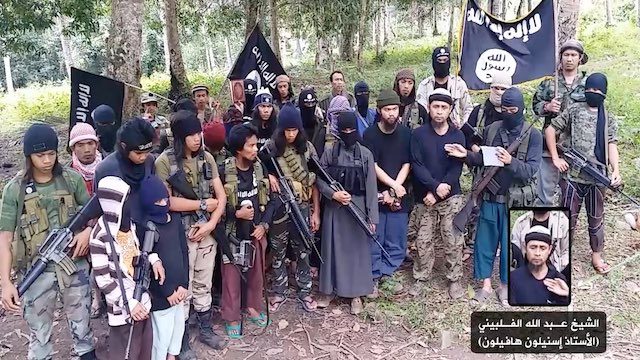
What’s new about this latest video is the consolidation of different groups saying they declare allegiance to ISIS. Post-produced to show photo insets of the different commanders, it shows Hapilon, aka Abdullah al-Filipini, the leader of the Basilan branch of the Abu Sayyaf. He’s joined by Abu Anas al-Muhajir, leader of the Ansar al-Shariah Battalion, Abu Harith al Filipini, a representative of the Ma’arakat al-Ansar Battalion in Sulu. Also in the group is Abu Sharifa, the leader of Ansar al-Khilafa, most recently the target of military operations last month.
This follows a December video released by another ISIS account of Filipino jihadists allegedly training in the southern Philippines.
That same training camp was featured in the middle of another video released on social media in November threatening the APEC summit. (READ: ISIS’ global ambitions and plans for Southeast Asia)
Government officials and military officers from the Philippines largely dismissed the training video and claims of allegiance since 2014, saying they were more aspirational than real.
“They’re not really ISIS,” said Armed Forces of the Philippines spokesman Colonel Restituto Padilla told reporters in December. “We view them as mere criminal gangs.”
“Karamihan po diyan kasi ay nakatuon sa pagbibigay ng simpatiya at saka pangingikil o paghingi ng ransom ‘yung kadalasan yung iba,” said Padilla. (Most of the videos are meant to offer sympathy to ISIS concerns and others are meant to extort ransom.)
Other officials dismissed the claims as propaganda, some pointing to the APEC non-threat.
The Philippines’ National Security Adviser Cesar Garcia said last year, “ISIS has no training camps in the Philippines.”
Black flag
Rappler started reporting the black flag adopted by Filipino groups as early 2011, when it largely symbolized al-Qaeda. Since then, like many extremist groups globally, the “black flag” extremists shifted from inspiration by al-Qaeda to ISIS. First posted on Rappler, this is the first known photo of what was then a rag-tag group of extremists now known as Ansar al-Khilafa.
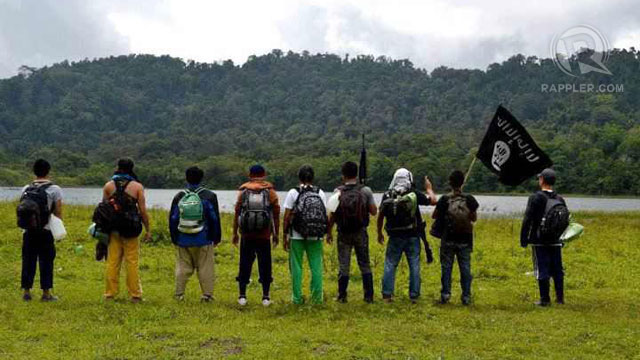
What seems clear is that the old networks powered by al-Qaeda’s ideology have adapted, using the same links forged by Jemaah Islamiyah (JI), once al-Qaeda’s network in Southeast Asia. As JI was decimated, the networks transformed, showing evidence that ISIS has been grafted onto these deep roots. (WATCH: Q&A: ISIS in Southeast Asia)
The continued presence of foreigners in extremist networks show the evolution of the JI networks into ISIS.
In December, the Philippine military confirmed Malaysian Mohammed Najib Husen was among 26 Abu Sayyaf members killed in operations in Basilan. He was among 3 Malaysians who fled to the Philippines to train and recruit fighters for ISIS.
In late November, the military claimed it killed Indonesian Ibrahim Alih, also known as Abdul Fatah, linked to the JI suicide attack on the Australian Embassy in Jakarta in 2004. Although his body has yet to be found, he was allegedly among 8 killed in a battle with Ansar al-Khilafa.
Danger ahead
While the Philippine government and military remain steadfast in their statements that there are no operational links between ISIS and Filipino groups, a traditional “order of battle” analysis may be moot in today’s threat landscape given ISIS’ ability to spark homegrown attacks like in Paris. (WATCH: Rappler Talk: ISIS in Southeast Asia)
Filipino officials have warned about ISIS recruitment in Mindanao, but in 2015, more than 65 countries, led by the United States and its allies, pulled together to find an effective way of countering ISIS threat on social media. (READ: How to fight ISIS? Build communities)
Gunaratna outlines a 5-step process ISIS follows to expand beyond its core area in Iraq and Syria.
“First, raising awareness of the Islamic Caliphate through propaganda,” he said. “Second, a series of groups pledging their allegiance to the ‘Caliph.’ Third, selection of groups to form a province. Fourth, the selection of a leader to lead the ISIS branch, and fifth, the ISIS proclamation of a designated area as a province of the caliphate.”
Gunaratna encourages the Philippines to take pro-active measures to deal with the threat sooner rather than later, especially with a potential roadblock in the peace process.
“As the ‘soldiers of the caliphate’ in the Phililppines, they will mount operations that will increasingly mirror ISIS core in Syria and Iraq,” he said. “There is no better time for the governent of the Philippines to act. If President Aquino procrastinates, ISIS ideology will spread, gravely damaging the commendable peace process. The four ‘battalions’ of ISIS will grow in strength, size and influence and present an enduring challenge to his successors.”
“The most enduring threat will be the creation of terrorist training camps that will use not only Southeast Asians but other nationalities,” added Gunaratna, pointing to the JI training camps set up in the early 90’s as precedence. “It is very likely that ISIS will dispatch its explosives experts, combat tacticians and other operatives. ISIS plans to declare a state in Mindanao presents a very real threat to the stability and security of Asia.” – Rappler.com
Add a comment
How does this make you feel?
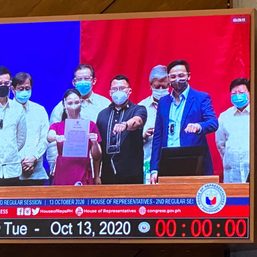

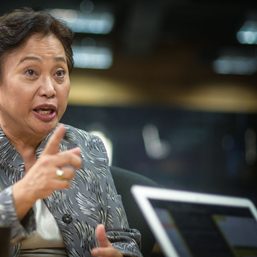
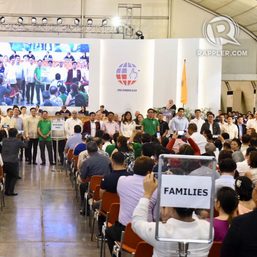
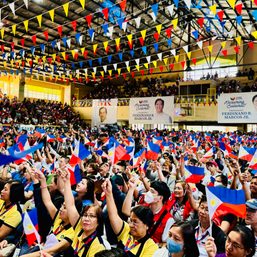
![[EDITORIAL] Ang low-intensity warfare ni Marcos kung saan attack dog na ang First Lady](https://www.rappler.com/tachyon/2024/04/animated-liza-marcos-sara-duterte-feud-carousel.jpg?resize=257%2C257&crop=294px%2C0px%2C720px%2C720px)
![[Free to disagree] How to be a cult leader or a demagogue president](https://www.rappler.com/tachyon/2024/04/TL-free-to-disagree.jpg?resize=257%2C257&crop_strategy=attention)
![[OPINION] Can Marcos survive a voters’ revolt in 2025?](https://www.rappler.com/tachyon/2024/04/tl-voters-revolt-04042024.jpg?resize=257%2C257&crop=251px%2C0px%2C720px%2C720px)
![[Edgewise] Quo vadis, Quiboloy?](https://www.rappler.com/tachyon/2024/03/quo-vadis-quiboloy-march-21-2024.jpg?resize=257%2C257&crop_strategy=attention)
There are no comments yet. Add your comment to start the conversation.